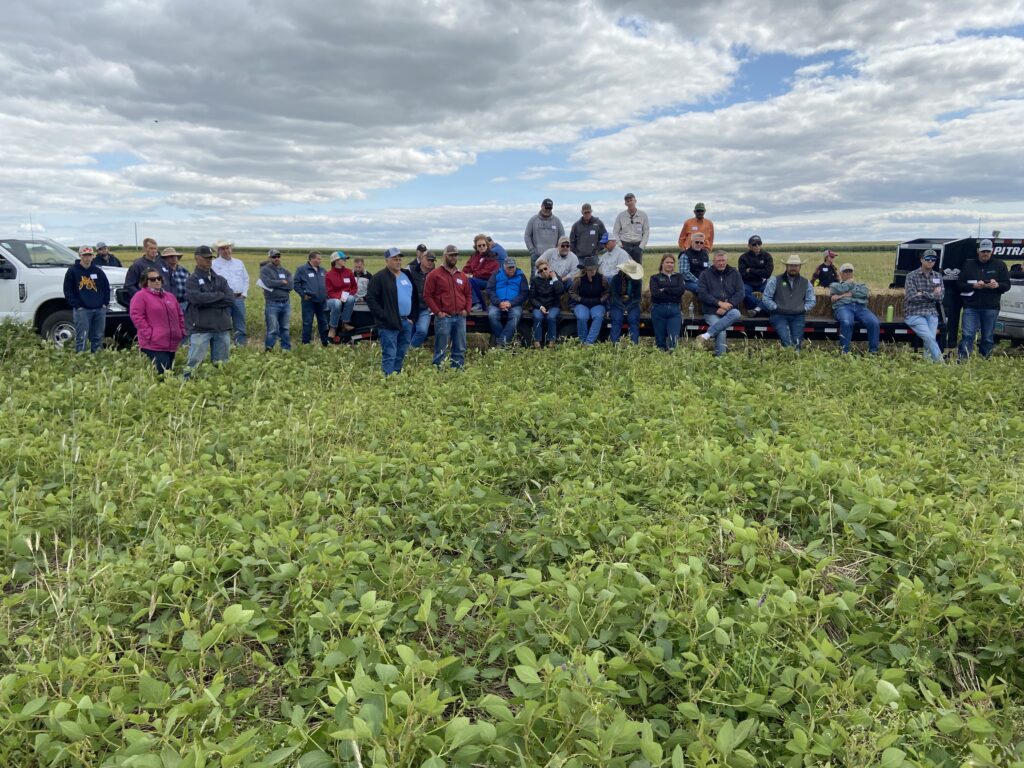Jay Fuhrer, one of the first to articulate the principles of soil health, discusses how to prioritize soil health, various cover crop strategies, and the ever-present tillage vs. herbicide debate
Acres U.S.A. You’re retired from NRCS, correct? What kind of work are you continuing to do these days?
Jay Fuhrer. Yes, I spent 40 years with NRCS, and it was a good run. Working with a large entity like the federal government can be a challenge, but if you have something they want, you could deal with them.
Now I work part time at Menoken Farm here in North Dakota. I do their soil and plant tissue testing, I host groups, I write grant reports that nobody else wants to write — those types of things. And I do a little work out of my home and a little part-time work now and then for entities like the North Dakota Grazing Coalition and others.
Acres U.S.A. You obviously made it through the government system and were able to make some good changes. Would you say you’re having more of an impact now than when you were at NRCS?
Fuhrer. It’s a different impact. When you’re internal, you’re in the system. Now and then you get to be at the table, and if you’re careful on your timing, you get to state something that is impactful. Now and then. It is not an everyday thing, but occasionally I’ve had the opportunity to be the right place at the right time.
Acres U.S.A. Can you give an example of that?

Fuhrer. One of them was when I made a switch in terms of my emphasis within the agency as a conservationist, and I announced it to my peers at a meeting.
We had high erosion rates and carbon-deficient soils and salinity, and our water erosion was horrendous at the time as well. Our issue was that we couldn’t get water in the profile. I had spent a number of summers on engineering projects, and it was a good way for me to start because I liked math and I liked engineering. I started on the Missouri River bottom, which was all flood irrigation at the time in the ’80s, and it gave me a good understanding of infiltration, or lack thereof. I started to understand some of these concepts, and then I started building waterways. You spend a lot of your summer engineering and drafting and designing and installing and checking out these things. But you only impact that little area where the grass ends up getting seeded eventually; you’re not impacting the drainage area.
So, there was a meeting in Jamestown, North Dakota, and I got up in front of my peers, and I said, “I’m going to start applying the soil health principles, and I’m going to use them as the emphasis in the conservation planning process. I’m not going to spend my time engineering and designing something that is only treating a symptom. These principles, I feel, can treat the problem.” I said, “It’s what I’m going to do.”
It got real quiet. Nobody said a word. Nobody asked a question. Nobody said anything negative or positive. I had lunch alone that day. But I’ve never looked back, because I could see it on the land. I could see it when I put a spade in the ground.
I always had a close association with the soil scientists — initially the engineers, but then eventually the soil scientist division of USDA. I started concentrating on the dynamic soil properties, things you can impact with management that occur in your lifetime.
Support authors and subscribe to content
This is premium stuff. Subscribe to read the entire article.















